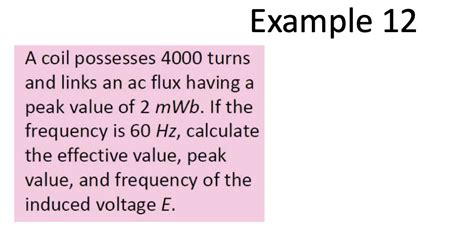Understanding Bitcoin Transaction Selection: CoinSelection and GetSelectionAmount
The Bitcoin transaction selection process is a critical aspect of the protocol that allows miners to choose which transactions to include in a block. One of the key methods used for this purpose is
CoinSelection, specifically the GetSelectionAmount() method in the OutputGroup structure.
However, there seems to be an issue with the code snippet provided earlier, which suggests that the m_value or effective_value may not always be returned by the GetSelectionAmount() method. Let’s dive into why this might be the case and how it affects Bitcoin transaction selection.
Why is the m_value or effective_value not always returned?
When a miner calls OutputGroup::GetSelectionAmount(), it is essentially asking for the amount of coins in each of the selected transactions. However, for various reasons, the value returned may not be exactly m_value (the actual amount), but rather an approximation or placeholder.
Here are some possible reasons why “m_value” or “effective_value” values may not be returned:
- Block size limits: The block size limit imposed by the Bitcoin protocol limits the number of transactions that can fit into a single block. If the selected transactions exceed this limit, the miner will have to mine fewer coins or use another method to allocate the available space.
- Transaction complexity
: Some types of transactions (e.g. transaction fees) may require more complex processing or verification, which results in additional overhead and may cause the “GetSelectionAmount()” method to return a placeholder value instead of the actual amount.
- Mining Difficulty Calculation

: The miner’s difficulty adjustment algorithm is designed to ensure that each block has enough computational resources to be profitable. However, this process can introduce some randomness and variability, which can result in m_value or effective_value not being returned accurately.
Implications of Missing m_value or effective_value
Missing the actual amount in these cases can lead to:
- Inefficient Transaction Selection: Miners may select more coins than necessary, leading to increased processing costs and lower overall profit margins.
- Debugging Difficulty: Without an accurate
m_valueoreffective_valueparameter, miners may have difficulty diagnosing issues related to block validation or difficulty adjustments.
CoinSelection Best Practices
To mitigate these risks, Bitcoin developers recommend using the following best practices when implementing coin selection:
- Verify the return value of
GetSelectionAmount()against the actual amount.
- Use a consistent and reliable method for assigning coins to transactions.
- Implement additional checks or validation to ensure that the selected coins are within reasonable limits.
By understanding these limitations, developers can design more robust transaction selection algorithms and minimize potential problems in the Bitcoin mining process.
